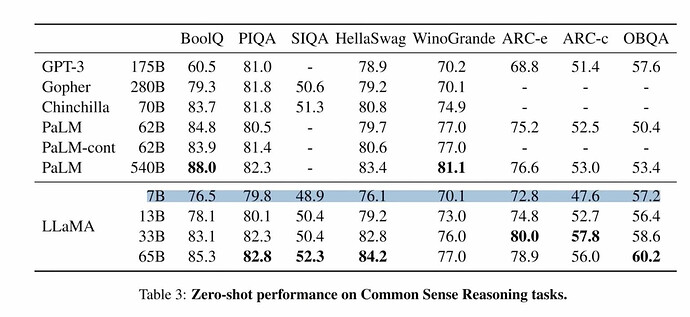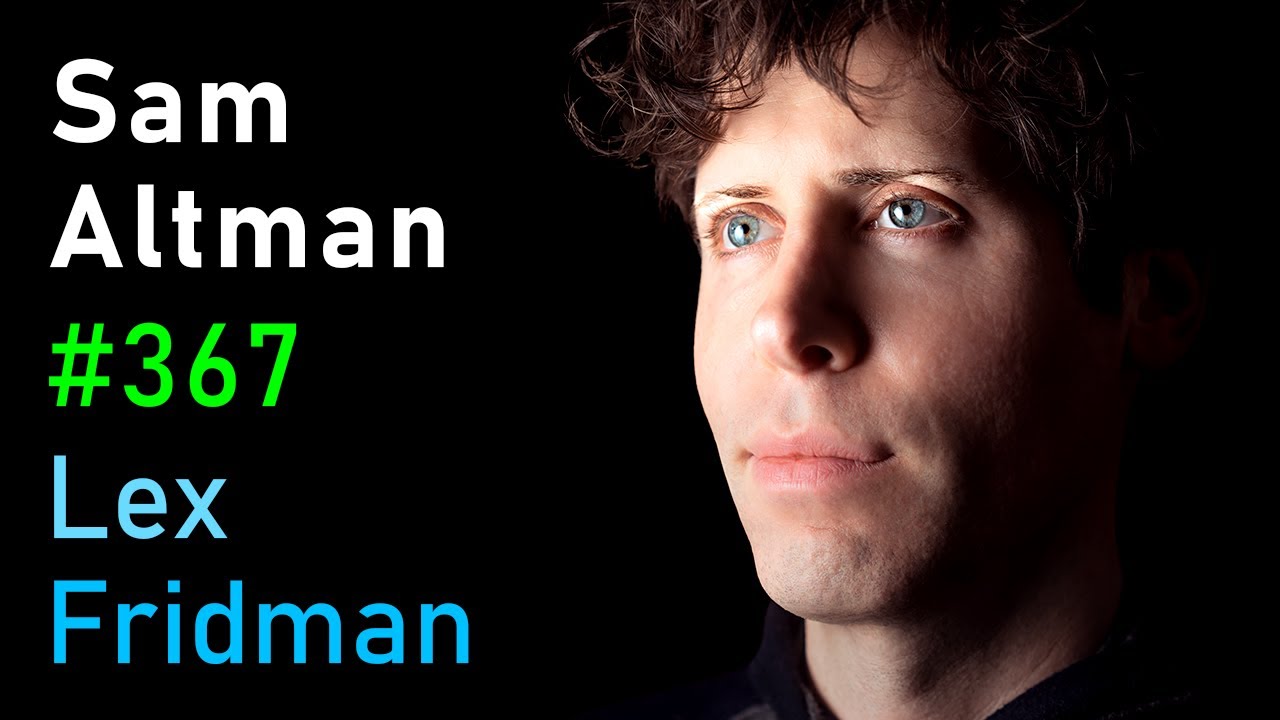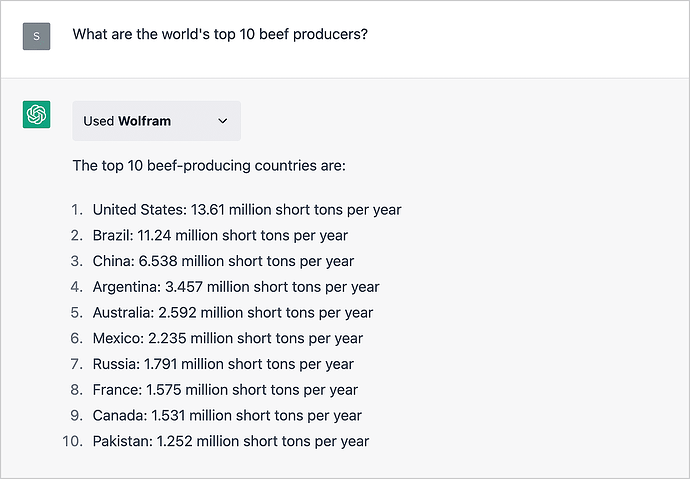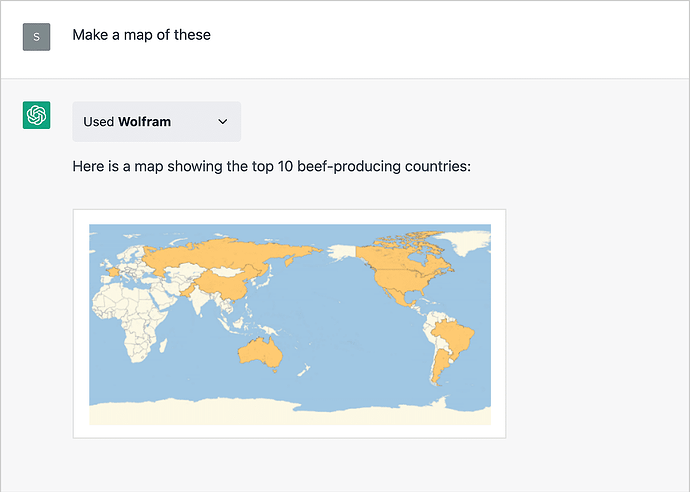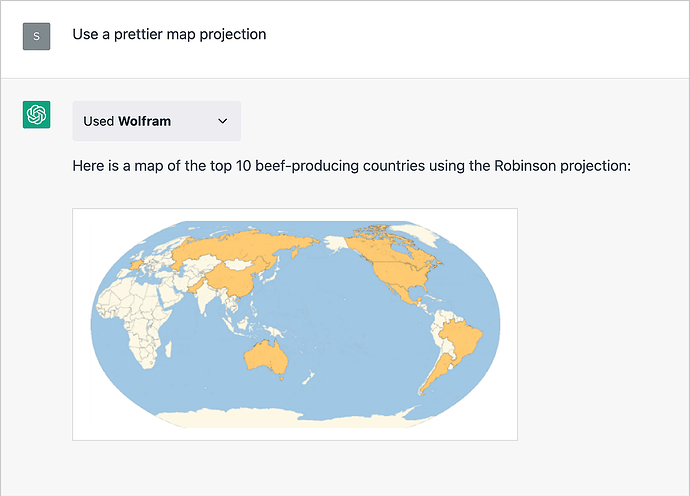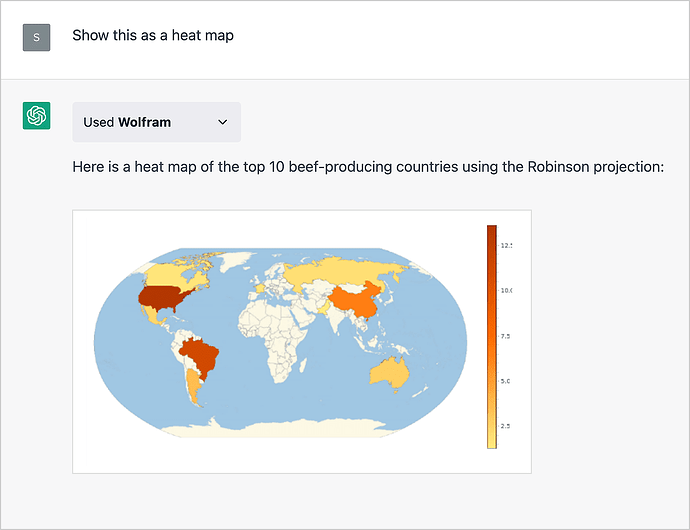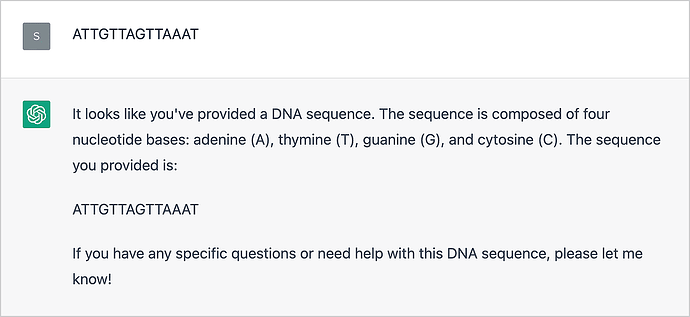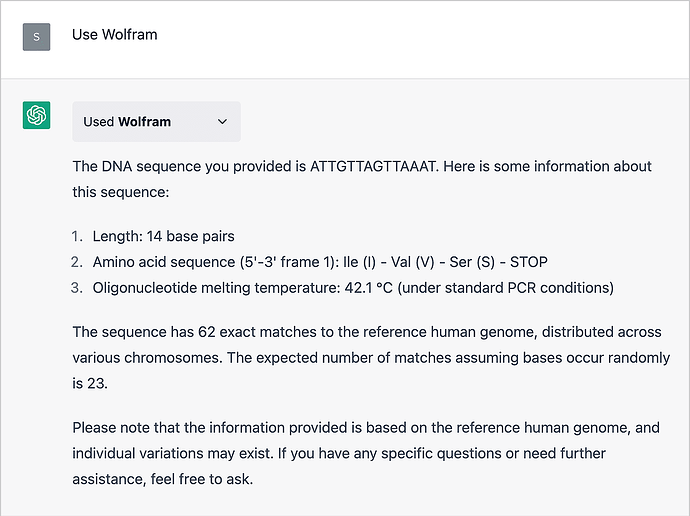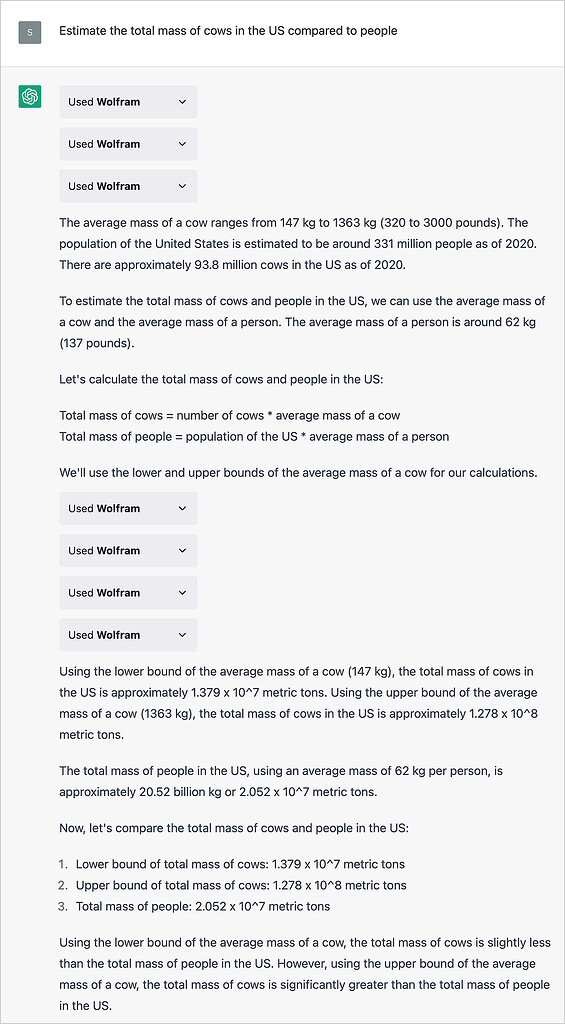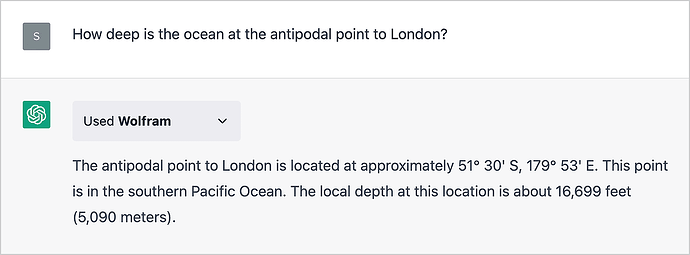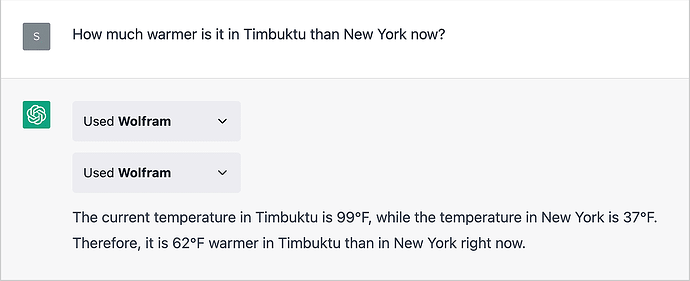That paper is founded on a flawed understanding of intelligence – specifically misrepresenting the rigorous theoretic work by Legg and Hutter. The misunderstanding is evidenced in the following paragraph about definitions of intelligence:
… Legg and Hutter[Leg08] propose a goal-oriented definition of artificial general intelligence: Intelligence measures an agent’s ability to achieve goals in a wide range of environments. However, this definition does not necessarily capture the full spectrum of intelligence, as it excludes passive or reactive systems that can perform complex tasks or answer questions without any intrinsic motivation or goal. One could imagine as an artificial general intelligence, a brilliant oracle, for example, that has no agency or preferences, but can provide accurate and useful information on any topic or domain.
An agent that answers questions has an implicit goal of answering questions. The “brilliant oracle” has the goal of providing accurate and useful information on any topic or domain.
This all fits within the Hutter’s rigorous AIXI mathematics – and is indeed more like falling off a log for this theory than anything that can be considered beyond it for a very simple reason:
AIXI has two components: An induction engine and an decision engine. The induction engine has one job: To be an oracle for the decision engine.
So, all one has to do in order to degenerate AIXI to a “brilliant oracle” is replace the decision engine with a human that wants answers.
The fact that the authors of this paper don’t get this – very well established prior work in AGI – disqualifies them from holding the positions they do.
PS: I’ve noticed that the the number of authors in an LLM paper seems to increase the greater the social consequences – almost as though no one wants to be caught out alone doing profound damage to the world. Another is this one:
“The Capacity for Moral Self-Correction in Large Language Models”
Deep Ganguli, Amanda Askell, Nicholas Schiefer, Thomas I. Liao, Kamilė Lukošiūtė, Anna Chen, Anna Goldie, Azalia Mirhoseini, Catherine Olsson, Danny Hernandez, Dawn Drain, Dustin Li, Eli Tran-Johnson, Ethan Perez, Jackson Kernion, Jamie Kerr, Jared Mueller, Joshua Landau, Kamal Ndousse, Karina Nguyen, Liane Lovitt, Michael Sellitto, Nelson Elhage, Noemi Mercado, Nova DasSarma, Oliver Rausch, Robert Lasenby, Robin Larson, Sam Ringer, Sandipan Kundu, Saurav Kadavath, Scott Johnston, Shauna Kravec, Sheer El Showk, Tamera Lanham, Timothy Telleen-Lawton, Tom Henighan, Tristan Hume, Yuntao Bai, Zac Hatfield-Dodds, Ben Mann, Dario Amodei, Nicholas Joseph, Sam McCandlish, Tom Brown, Christopher Olah, Jack Clark, Samuel R. Bowman, Jared Kaplan

